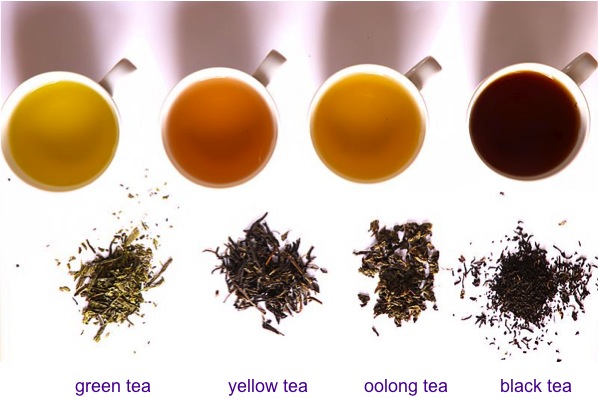|
Tea is the most widely consumed beverage in the world, after water. Tea has historically been promoted for having a variety of positive health benefits. The "herbal tea" usually refers to infusions of fruit or herbs made without the tea plant.
Tea is prepared by pouring hot or boiling water over cured leaves of the tea plant, Camelia sinensis, native to East and South Asia. The beverage likely originated in China with the earliest records of tea consumption dating to the 10th century BC. It was introduced to Portuguese in 16th century, became popular in Britain later and there from was introduced to India for cultivation. Tea plants are propagated from seed and cutting; it takes about 4 to 12 years for a tea plant to bear seed, and about three years before a new plant is ready for harvesting. Tea plants require rainfall and acidic soils. Many high-quality tea plants are cultivated at elevations of up to 1,500 m (4,900 ft) above sea level: at these heights, the plants grow more slowly and acquire a better flavor. A tea plant will grow into a tree of up to 16 m (52 ft) if left undisturbed, but cultivated plants are pruned for ease of plucking. Only the top 1-2 inches of the mature plant are picked. These buds and leaves are called "flushes“. A tea plant will grow a new flush every seven to 15 days during the growing season, and leaves that are slow in development always produce better-flavored teas. Teas are divided into categories based on how they are processed. There are at least six different types of tea: white, yellow, green, oolong and red and black. Some varieties, such as traditional oolong tea and Pu-erh tea, a post-fermented tea, can be used medicinally. Tea contains catechins, a type of antioxidant. In a freshly picked tea leaf, it can comprise up to 30% of the dry weight. Catechins are highest in concentration in white and green teas, while black tea has substantially fewer due to its oxidative preparation. Caffeine constitutes about 3% of tea's dry weight, depending on type, brand, and brewing method. Tea also contains small amounts of theobromine and theophylline. Fluoride and aluminium have also been found to occur in tea, with certain types of brick tea made from old leaves and stems having the highest levels. This occurs due to the tea plant's high sensitivity to and absorption of environmental pollutants. The widespread form chai comes from persianچای chay. This derives from Mandarin chá, which passed overland to Central Asia and Persia, where it picked up the Persian grammatical suffix -yi before passing on to Russian, Arabic, Urdu, Turkish, etc. The words that various languages use for "tea" reveal where those nations first acquired their tea and tea culture. Read more: http://en.wikipedia.org/wiki/Tea Comments are closed.
|
|
Archives
July 2020
Categories
All
|

 RSS Feed
RSS Feed
